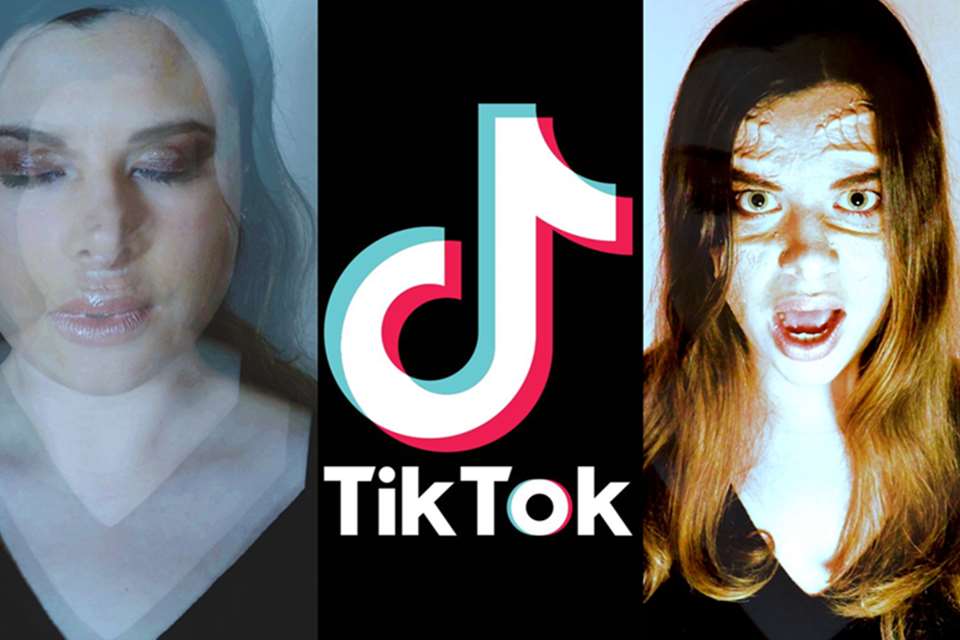Artist Managers: How musicians are using social media to build their brands
Andrew Green
Thursday, September 14, 2023
Andrew Green talks to the artist managers who are harnessing the power of social media to help their musicians build their brand – and their audience too


Register now to continue reading
Don’t miss out on our dedicated coverage of the classical music world. Register today to enjoy the following benefits:
- Unlimited access to news pages
- Free weekly email newsletter
- Free access to two subscriber-only articles per month



